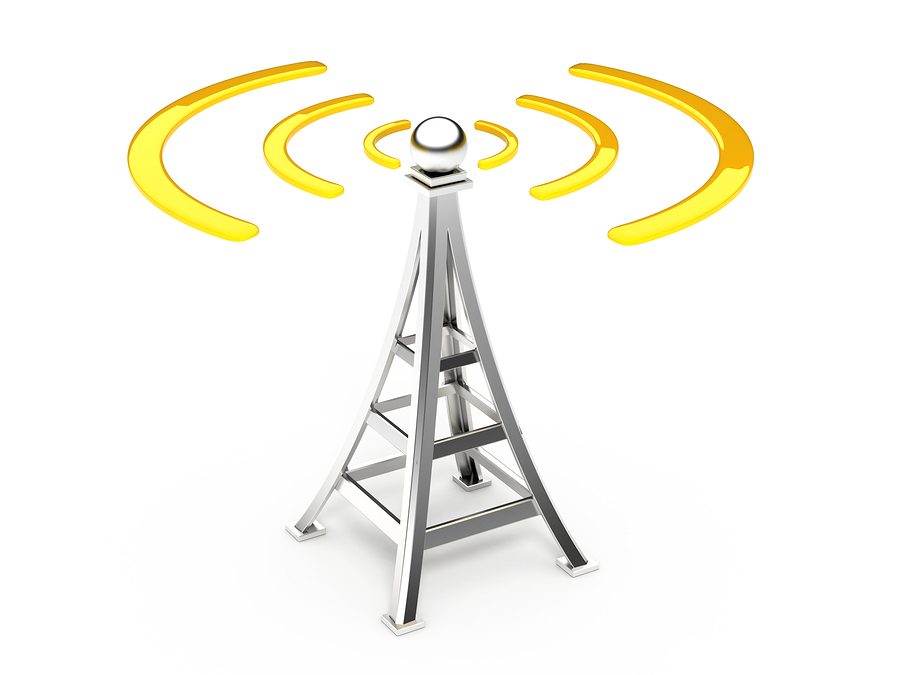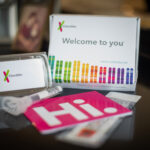WASHINGTON — The U.S. Federal Communications Commission plans to vote in June on launching a new review of a key spectrum band reserved for automakers that could boost Wi-Fi use, a person briefed on the matter said on Tuesday.
In 1999, the FCC reserved 75 megahertz of spectrum in the 5.9 GHz band for automakers to develop technology to allow vehicles to communicate with each other. Called Dedicated Short Range Communications (DSRC), the technology could eliminate hundreds of thousands of annual car crashes, automakers and regulators say.
FCC Chairman Ajit Pai said in remarks to the Wi-Fi World Congress on Tuesday that “the time has come for the FCC to take a fresh look at this band” that has gone largely unused.
“This valuable mid-band spectrum is largely lying fallow, and it has been so for two decades now — just as the internet has gone from dial-up modems to gigabit Wi-Fi,” Pai said.
“It is time to launch a comprehensive review of the future of the 5.9 GHz band, make a sober assessment of the facts, and then make a timely decision.”
NCTA – the Internet & Television Association, which represents major cable and content companies like Comcast Corp and CBS Corp, praised Pai’s call. The group has urged the FCC to open the spectrum band to Wi-Fi use, saying it was “too valuable to our country’s economic future to allow it to go unused any longer.”
The Intelligent Transportation Society of America, which backs using the spectrum for auto safety, said it was “time to move past the regulatory uncertainty that has hung like a cloud for the past six years” and provide the necessary environment to make roads safer.
A person briefed on the plan said Pai plans to unveil the proposed rulemaking for an initial vote in June. The proposal will ask a series of questions and will not make any determinations.
On April 26, Toyota Motor Corp said it was halting plans to install DSRC technology on U.S. vehicles, saying it needed to see additional “federal government support to preserve the 5.9 GHz spectrum band for DSRC.”
Automakers have been divided in the United States over whether to proceed with the DSRC system or use a 4G- or 5G-based system.
DSRC transmissions enable vehicle-to-vehicle and vehicle-to-infrastructure communications and broadcast precise vehicle information up to 10 times per second, including location, speed and acceleration.
In December 2016, the U.S. Transportation Department proposed to mandate DSRC in all new vehicles, but the Trump administration has not acted on the proposal.
Ford Motor Co said in January it planned to deploy an alternative cellular vehicle-to-everything technology, or C-V2X , in all new U.S. vehicle models beginning in 2022.
“We’ll need to consider what the future of automotive safety technology is likely to look like and the spectrum needs of such technologies, including whether they will require specifically dedicated airwaves,” Pai said Tuesday.
Pai cited a November study from Rand that said opening that spectrum band could add between $60 billion and $105 billion annually to the U.S. gross domestic product.
The National Highway Traffic Safety Administration in October said it was crucial to auto safety to preserve the spectrum band and noted there “are more than 70 active deployments of (vehicle to infrastructure) communications with thousands of vehicles already on the road.”
Was this article valuable?
Here are more articles you may enjoy.


 Trump’s Tariffs Threaten to Endanger the Cheap American Car
Trump’s Tariffs Threaten to Endanger the Cheap American Car  Bankrupt 23andMe’s DNA Data Gets Sale Nod as Concerns Linger
Bankrupt 23andMe’s DNA Data Gets Sale Nod as Concerns Linger  BYD’s Five-Minute Charges Turning Heads in EV Industry
BYD’s Five-Minute Charges Turning Heads in EV Industry  Catastrophe Experts Tap AI to Tackle Soaring Insured Losses
Catastrophe Experts Tap AI to Tackle Soaring Insured Losses 